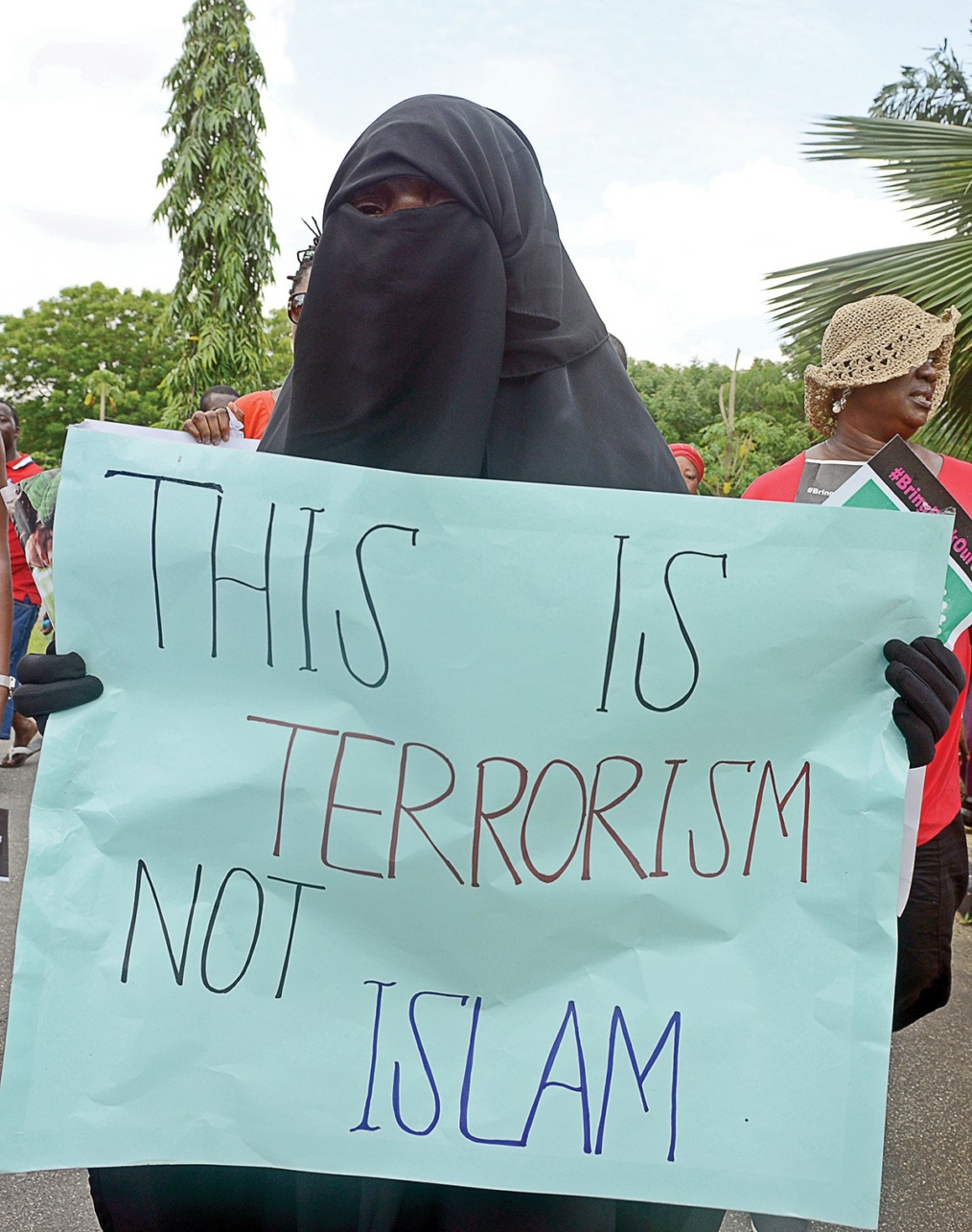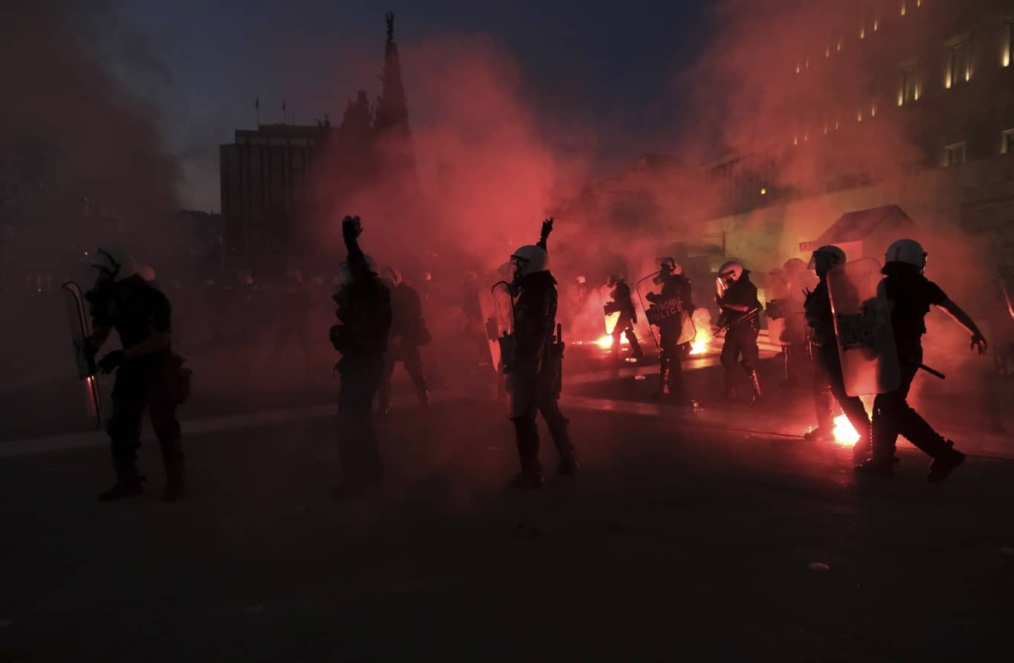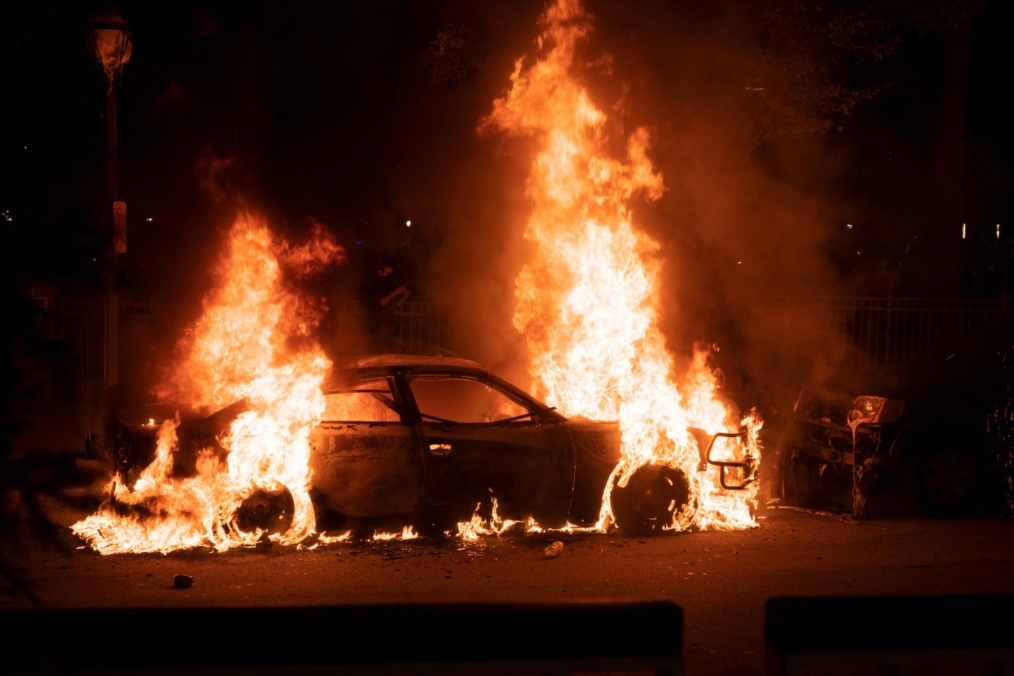Violent extremism in modern-day Nigeria dates back to pre-colonial days; from the far north to the deep south, historical records show the presence of violent extremism that lingered on to the colonial era and continues to date.
A unique point to bear in mind is the multifaceted nature of violent extremism, especially in Nigeria, where multiple criteria usually form the cause of extremism. Like many other closely linked concepts, defining extremism remains somewhat difficult, mainly owing to the varying perspectives of what may or may not be considered extreme.
Regardless of the existing disagreements in conceptualizing extremism, certain key factors appear to be comparable. Extremism is an ideological phenomenon that vehemently opposes a widely accepted, usually age-long, belief or perception, conceiving the views as wrong and seeking to replace them with a preferred alternative. Violent extremism is the attempt to fulfill extremism by an intended use of violence.
After the conception of an extremist ideology and subsequent goal, furthering that goal involves a process often referred to as radicalization or also known as a violent extremist social trend.
According to a UNHCHR Report, “the notion of ‘radicalization’ is generally used [by some states] to convey the idea of a process through which an individual adopts an increasingly extremist set of beliefs and aspirations.”
Violent Extremism and Radicalization in Nigeria
While violent extremism is not a new phenomenon in Nigeria, the recent phase of extremism, religious extremism, is not specific to Nigeria. It is, in fact, a global challenge that managed to find a footing in Nigeria and continues to gain ground, threatening security while also hampering development in the country and the entire region.
In Nigeria, the goal of extremist groups is to replace the present democratic system of government, which is viewed as Westernized, and thereby infringing on and directly challenging the tenets of their Islamic faith with a Sharia style of governance. Most proponents of this extremist view have, at one time or another, attempted to impose these views on other Nigerians, radicalizing as many as possible to join in the efforts to achieve their goal.
Boko Haram, which is more or less the face of terrorism in Nigeria, was inspired by such an extremist movement and continues to grow its base throughout the region. The majority of the members of extremist groups come from youth and children, both within and outside northern Nigeria. Researchers, stakeholders, and the government of Nigeria continue to seek to understand the factors that aid radicalization in Nigeria, and as expected, there is much confusion on the possible cause.
Ahmed and Many Others
Some schools believe that poverty, unemployment, illiteracy, and weak family structures are drivers of radicalization in Nigeria. However, other schools object to this premise, as members of extremist groups also include wealthy, influential, and educated people. Besides, much of the population of Nigeria fall into these categories, yet they do not directly or indirectly support the extremist ideologies of Boko Haram.
Ahmed, an alias, is an illiterate Muslim youth from a poor background in northern Nigeria. Boko Haram had made attempts to recruit him, which he declined. During one of the many attacks and attempted forced recruitments by Boko Haram, Ahmed watched as his father was gruesomely murdered. Eventually, Ahmed found his way to the country’s capital, Abuja, where he began a new life as a bus driver, staying focused on living a peaceful and crime-free life. Like Ahmed, when many Nigerian youth face challenging conditions they continuously refuse to accept the extremist views forced upon them by extremist groups.
The Principle Driver of Radicalization in Nigeria
Regardless of the disagreements on the drivers of extremism in Nigeria, one key element that continues to resound in schools of thought is the government’s unintended role in fostering extremism. The failure of the government to execute its duties creates several conditions and grievances that enable extremist ideologies to thrive.
The government’s inappropriate response widens existing gaps, giving extremist groups a campaign tool and an added advantage to garner support from susceptible individuals. Beyond these factors is the state’s alleged role in aiding the longevity of extremist groups, like Boko Haram, by political actors, in hopes that they would garner public support.
Conclusion
Poverty, illiteracy, and a lack of religious teachings are not the cause of extremism in Nigeria, as some research claims. A survey by the Pew Research Centre showed that 94% of Nigerian Muslims hold a negative view of Boko Haram. Unfortunately, most assertions on the drivers of extremism are founded upon stereotypes fuelled by actors on and behind the scenes.
Ultimately, the principle driving force of extremism in Nigeria remains the state; and, many other push factors for individuals can be attributed to state failures.
Joan McDappa, Counter-Terrorism Research Fellow





